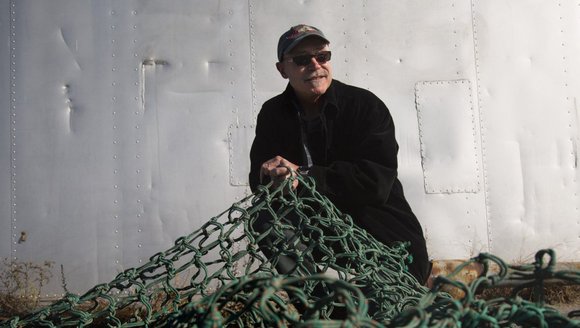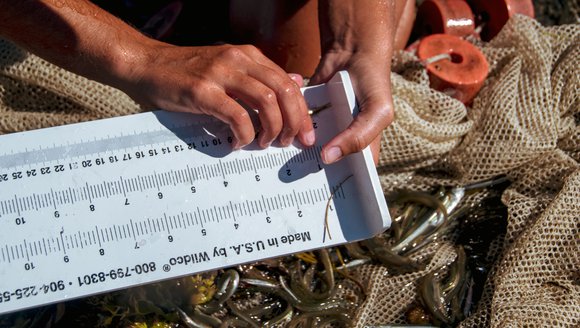Reducing Cod Bycatch with the ULOT Net
Co-developing solutions with local fishermen.
We know that with low available quota, Atlantic cod and haddock are creating problems for fishermen looking to maximize their revenues. With the help of local fishermen, we developed a new trawling net called the ultra-low-opening trawl (ULOT) which simultaneously avoids catching cod and haddock without compromising landings of flatfish and other abundant commercial species.
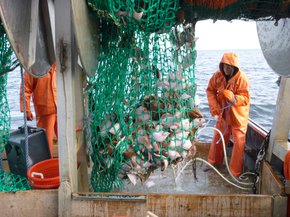
Project Goals:
- Reduce cod bycatch in commercial trawl fisheries without diminishing target species catch.
- Co-develop and refine fishing gear solutions with fishermen to ensure practicality and adoption.
- Significantly improve fuel efficiency for fishermen through a net with less drag.
- Advance sustainable fishing practices that protect marine ecosystems and fishing livelihoods.
- Share successes with the broader industry to encourage broader adoption.
Cod Bycatch and its Impact on the Fishing Industry
Cod bycatch remains a significant challenge in the fishing industry, particularly in regions like the Gulf of Maine. With strict quotas in place, fishermen face economic pressures when cod are unintentionally caught while targeting other species. This unintended catch not only affects the sustainability of cod populations but also impacts the livelihoods of fishermen who rely on diverse catches to maintain profitability in a competitive seafood market.
To address this challenge, we've collaborated with local fishermen to develop ULOT net — a fishing technology designed to reduce cod bycatch without compromising the catch of other commercially valuable species.
This partnership with the local fishing industry has been instrumental in ensuring that the ULOT net addresses the real-world challenges faced by fishermen, leading to a design that is both practical and effective.
The ULOT will drastically reduce those round species while retaining 100% flat species and monkfish. In my own experience I believe I caught more flatfish and monkfish using the ULOT.
Dan Murphy Commercial Fisherman F/V Tribiah Lee
Design and Functionality
The ULOT net features a lower vertical opening, capitalizing on behavioral differences between cod and other groundfish species. Cod tend to swim upward when pursued, and the lower vertical opening of the ULOT net provides these fish with an escape route. In contrast, species like flounder and monkfish remain closer to the seafloor, making them more susceptible to capture in the ULOT net.
Early trials during the design phase of the net demonstrated a nearly 50% reduction in cod bycatch without compromising target species. Since then, we've worked with real fishermen to put the net to the test. Fishermen who have used the ULOT net report decreases in cod bycatch, and significant increases in fuel efficiency.
We're using the ULOT net because the cod quota is so high. So the ULOT net allows us to fish for flounder and minimize how much cod we're catching. And it works really well — we're not catching as much as we are with our regular, conventional net. It also tows real easy. It's very fuel efficient. So I like the net a lot, I mean I couldn't say enough about it.
Kevin Norton Captain of FV Miss Emily and owner of Miss Emily’s Food Truck


Connect with a ULOT fisherman.
Fishermen are already using the ULOT net throughout the Gulf of Maine with success. If you are interested in speaking directly with a fishermen using a ULOT net, we can connect you. Reach out to Aaron Whitman to get started.
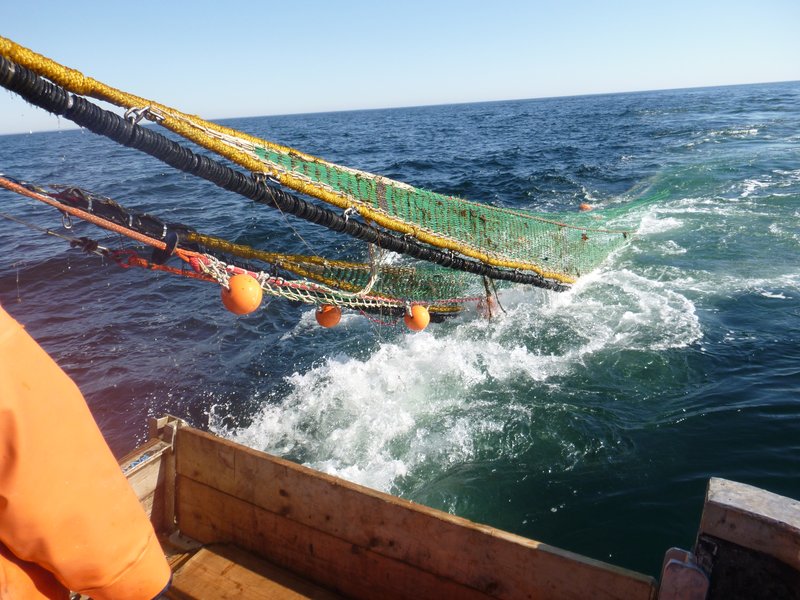
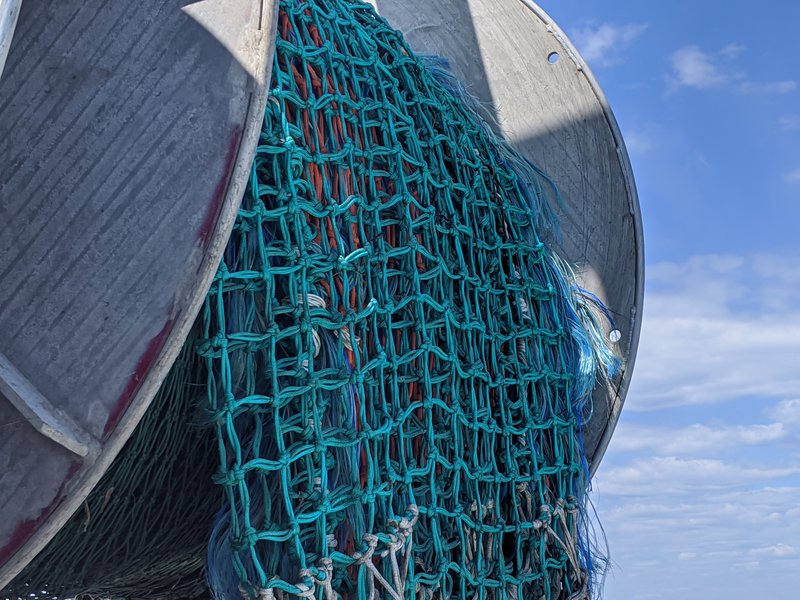
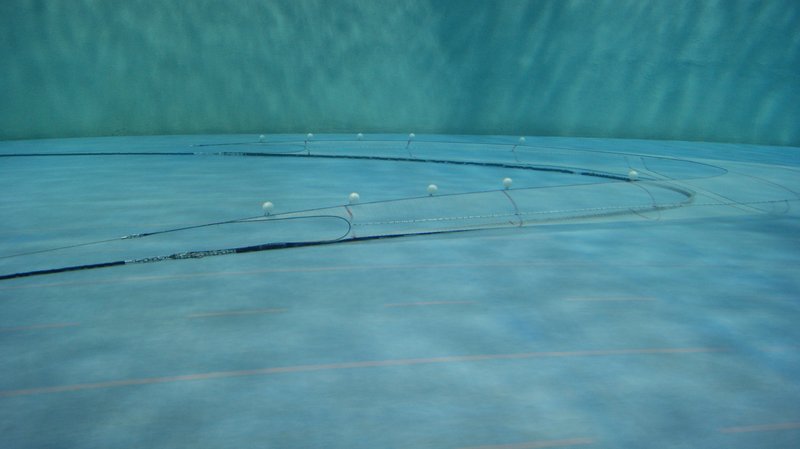
Project Team
-
![]()
-
![Headshot of Samantha Bengs.]()
-
![This is a portrait of a man smiling.]()
Steve Eayrs, Ph.D.
Director of Smart Fishing Consulting
Questions or comments? Contact GMRI Senior Research Associate Aaron Whitman.
Read More
-
Industry Collaboration Fuels New Fishing Technology
As fisheries and regulations have changed, Captain Jim Ford is one of many fishermen finding ways to adapt. Ford is a long-term collaborator and partner …
Perspectives
-
Fishermen Team Up With Scientists To Make A More Selective Net
A trawling experiment in the Gulf of Maine aims to scoop up abundant and profitable flatfish, while bypassing the once plentiful but now depleted cod …
Press Clips
-
Scientist Steve Eayrs knows how to build a better fish trap
It helps that he got his start as a fisherman.
Press Clips
-
2022 Research Progress Update
To keep you updated on our research team's progress, we've developed a report showcasing some of the achievements from our labs. More broadly, this report …
Announcements


